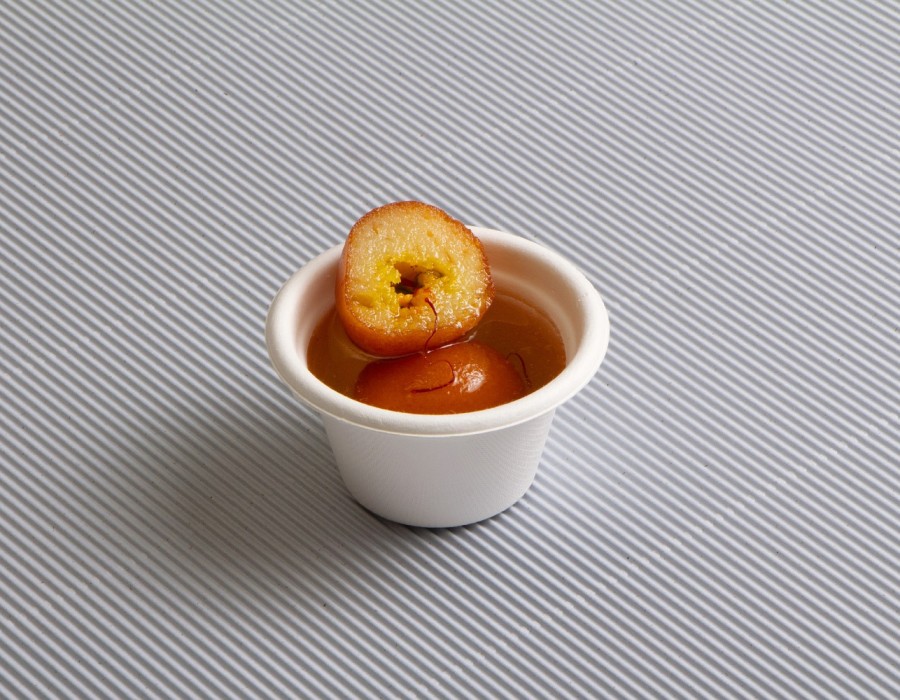Introduction
School cafeterias have long been hotspots for waste generation, with disposable plates, trays, and utensils piling up every day. The convenience of single-use plastic products often comes at the cost of significant environmental damage, as most of these items are not recyclable or biodegradable. This growing waste problem has spurred schools to seek more sustainable solutions, and bagasse bowls have emerged as a frontrunner in reducing waste while promoting environmental consciousness among students.
Why Bagasse Bowls Are a Sustainable Choice for Schools
Bagasse bowls, made from the fibrous residue left after sugarcane juice extraction, provide a highly sustainable alternative to traditional plastic or styrofoam products. These bowls are fully biodegradable and compostable, meaning they can decompose naturally without leaving harmful residue. Schools adopting bagasse bowls are not only reducing their landfill contributions but also setting an example for students on how everyday choices can impact the environment.
Educational Impact: Teaching Sustainability Through Practice
Introducing bagasse bowls in school cafeterias goes beyond just reducing waste—it creates a teachable moment for students. By using eco-friendly tableware, students gain firsthand experience with sustainable practices, helping them to understand the importance of reducing their carbon footprint. Many schools are incorporating sustainability education into their curriculums, and the use of bagasse bowls complements these efforts by reinforcing lessons on environmental responsibility in a practical way.
Cost-Effectiveness and Long-Term Savings
While the initial cost of bagasse bowls may be higher than traditional plastic alternatives, the long-term benefits outweigh the expenses. Schools that adopt compostable products can reduce waste disposal costs, and some even partner with local composting facilities to create a closed-loop system. Over time, these savings contribute to a healthier budget, especially for schools looking to invest in green initiatives.
Creating a Greener Future Through Small Changes
By adopting bagasse bowls, school cafeterias can make a significant difference in their waste management systems. This shift represents a broader movement towards sustainability in education, with schools leading by example. Not only does this practice reduce waste, but it also helps shape the next generation of eco-conscious citizens who will continue to prioritize the environment in their future decisions.





Comments